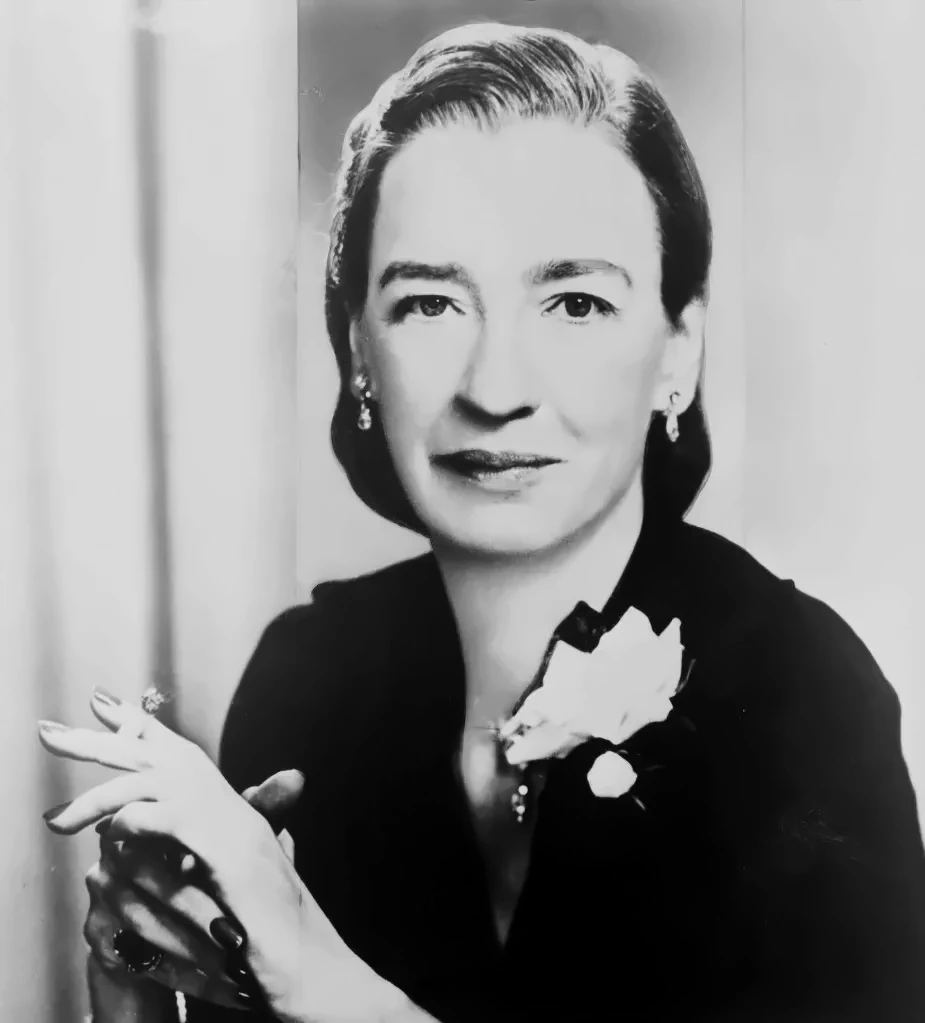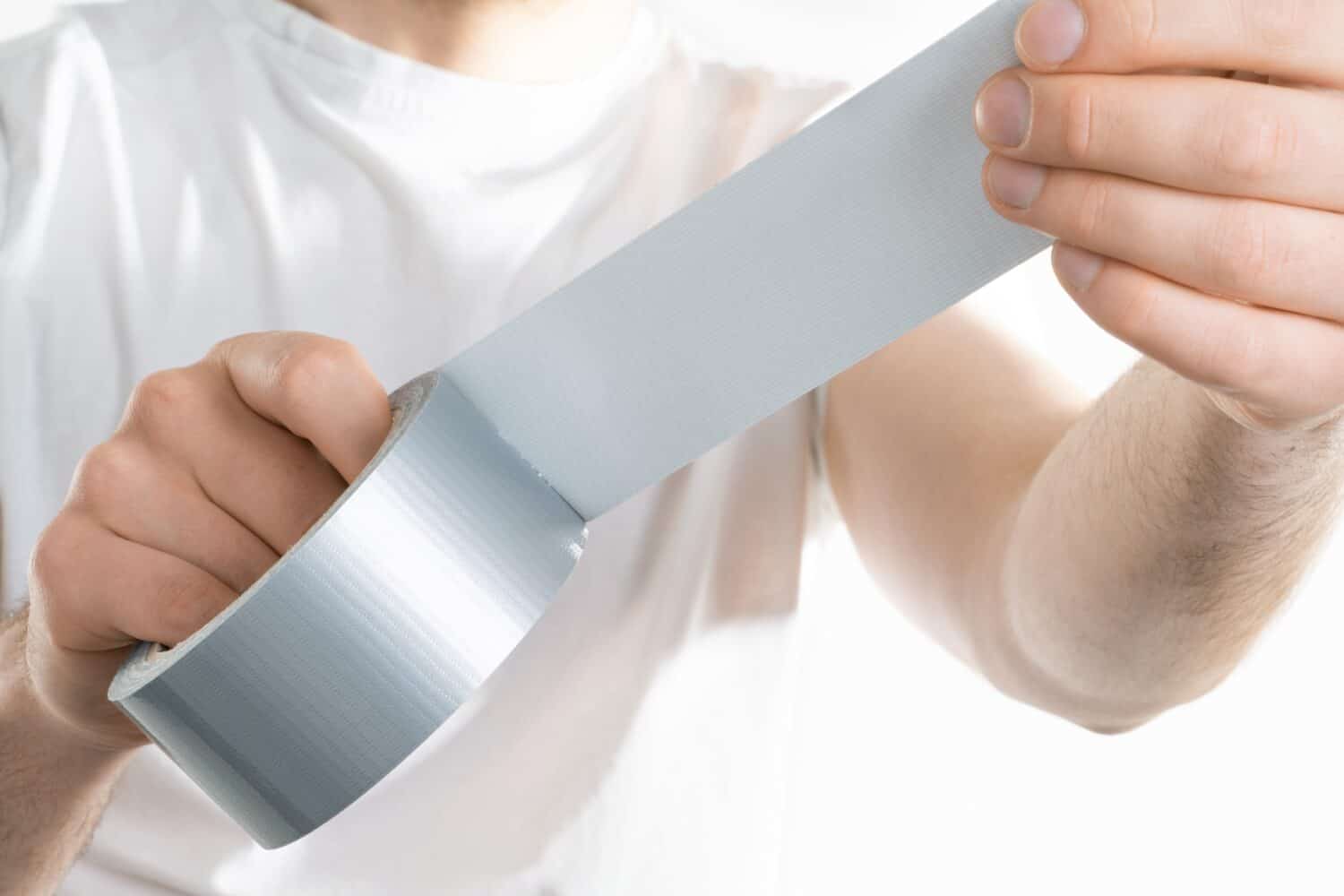Throughout history, the greatest women innovators and inventors have changed our lives for the better. Advancements continue today, and it’s things you see as you complete your daily routine at home or work. As you load your dishwasher, stop your car, and avoid diseases that used to kill many people, take time to honor these women.
If you think of the greatest inventors and scientists, most immediately think of men like Einstein, Franklin, Oppenheimer, or Tesla. When Parker Bros bought the rights to “The Landlord’s Game” and turned it into “Monopoly,” Charles Darrow received credit for inventing it. The truth was Elizabeth Magie was anti-monopolies and created the game, applied for a patent in 1903, and self-published it. She received credit later, but it was reportedly a meager $500 compared to the millions Darrow received. Female inventors often fail to get the attention they deserve.
Join me as I look at 20 of the greatest women innovators and inventors and why they’re on my list. Discover how they changed daily life for all of us. I’ve listed the names in alphabetical order. (Also, read about the “10 Incredible Discoveries and Creations Sparked by Dreams.”)
Mary Anderson

A frosty morning inspired Anderson’s invention. After watching her trolley driver continually open his window to clear the windshield or stop the trolley and get out to clear it, she came up with the idea for a blade that the driver operated from the driver’s seat. She developed a lever attached to a spring-loaded arm with a rubber blade that she patented. Cadillac added them to their cars in 1922, after her patent expired, which led to her not earning a penny from her invention.
- Invention: Windshield wipers
- Year: 1903
Françoise Barré-Sinoussi

Barré-Sinoussi volunteered at Paris’ Institut Pasteur before receiving her Ph.D. She and her team discovered a retrovirus that attacked the immune system. That retrovirus became known as Human Immunodeficiency Virus, which causes AIDS. She and her team won the Nobel Prize in Physiology or Medicine in 2008.
- Discovery: HIV
- Year: 1983
Bertha Benz

OLYMPUS DIGITAL CAMERA
Her husband, Carl Benz, is known for his Benz Patent-Motorwagens. However, his invention needed work. Benz gathered her two sons one morning to visit her mother. They borrowed one of his cars to make the long-distance journey. Along the way, the car needed its fuel pipe cleaned and the ignition fixed. When the wooden brakes failed, she stopped by a cobbler and asked for leather pads to put over them. Her invention led to her induction into the Automotive Hall of Fame in 2016.
- Invention: Replaceable brake pads
- Year: 1888
Harriet Brooks
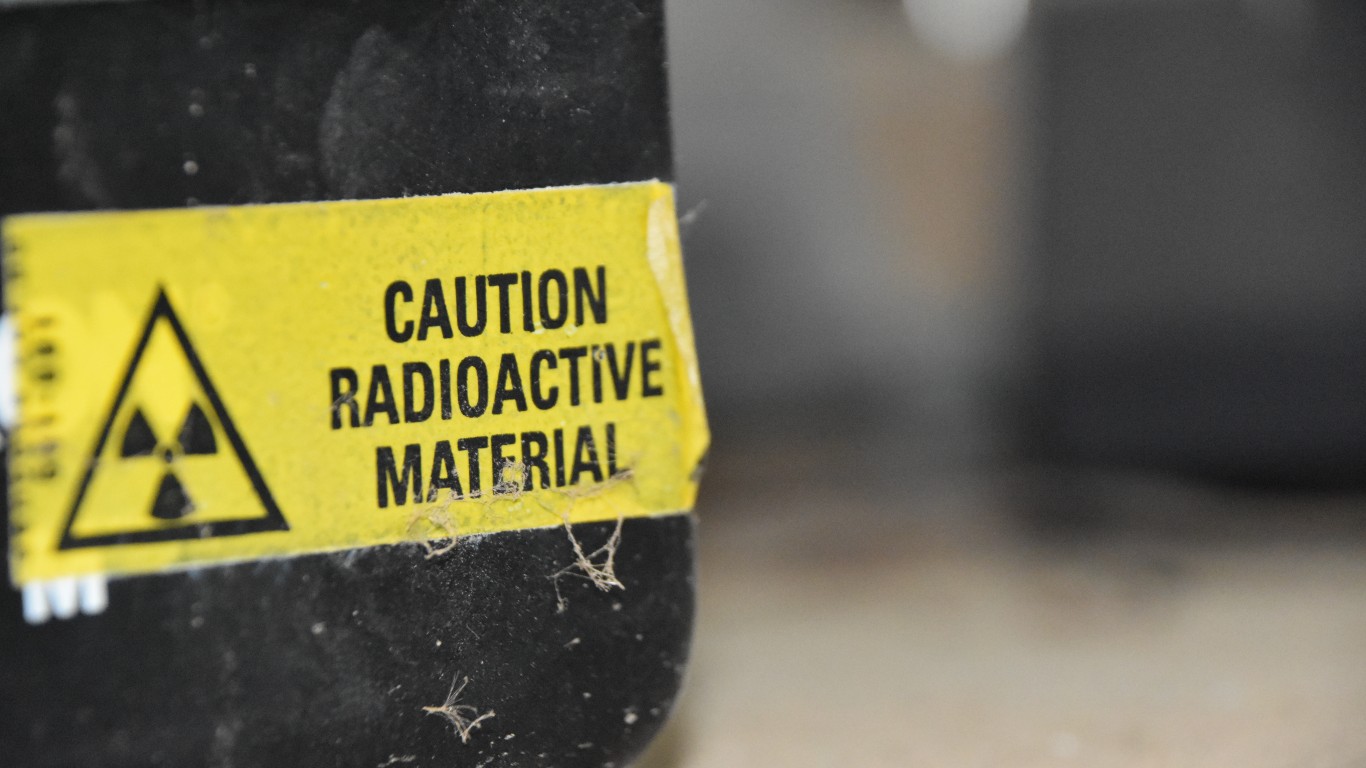
Under the supervision of her McGill professor, Brooks discovered that non-radioactive material could become radioactive when placed in a radioactive chamber. This helped prove the theory of radioactive decay. Her professor won the Nobel Prize for his theory in 1908. Her research as one of the greatest female scientists also led to the discovery of radon.
- Discovery: Atomic recoil, radon, and radioactivity
- Date: 1903
Rachel Fuller Brown

Brown’s fungi research involved finding different antibiotics that killed infections without allowing other microorganisms to thrive. As broad-spectrum antibiotics became overused, Brown and her fellow researcher, Elizabeth Haxen, invented an antibiotic with antifungal properties. This also spurred better ways to test for syphilis, identify dozens of different types of pneumonia, and find medications for them. She was inducted into the National Inventors Hall of Fame in 1994.
- Invention: Nystatin
- Year: 1954
Josephine Cochran

Most homeowners or renters have Cochran to thank for easier after-dinner routines. As part of Chicago’s elite, Cochran and her husband often held dinner parties. After one of them, some of the family’s china chipped. She became determined to find a better, safer way of washing dishes using a rack, water jets, and soap and had it patented.
- Invention: The dishwasher
- Year: 1886
Marion Croak

If you’ve ever been in an online video conference or used Wi-Fi phone services like Ooma or Vonage, you’ve used Croak’s invention. While she’d worked on advancing technology for years, it was cell phones and a shift from traditional phone lines that helped her create her game-changing technology.
- Invention: VoIP
- Year: 2009
Marie Curie

Born Maria Sklodowska, Curie met her husband at Sorbonne in Paris where he taught physics. After his death, she took his place as the school’s first female Professor of General Physics in the Faculty of Sciences. She created the means for separating radium from radioactive materials, which helped her create portable radiology devices during WWI. Along with her husband, Curie received the Nobel Prize for Physics in 1903, an award that only 11 women innovators and inventors hold. She also received a separate Nobel Prize for Chemistry in 1911.
- Discovery: Polonium and radium
- Year: 1898 and 1910
Marion Donovan
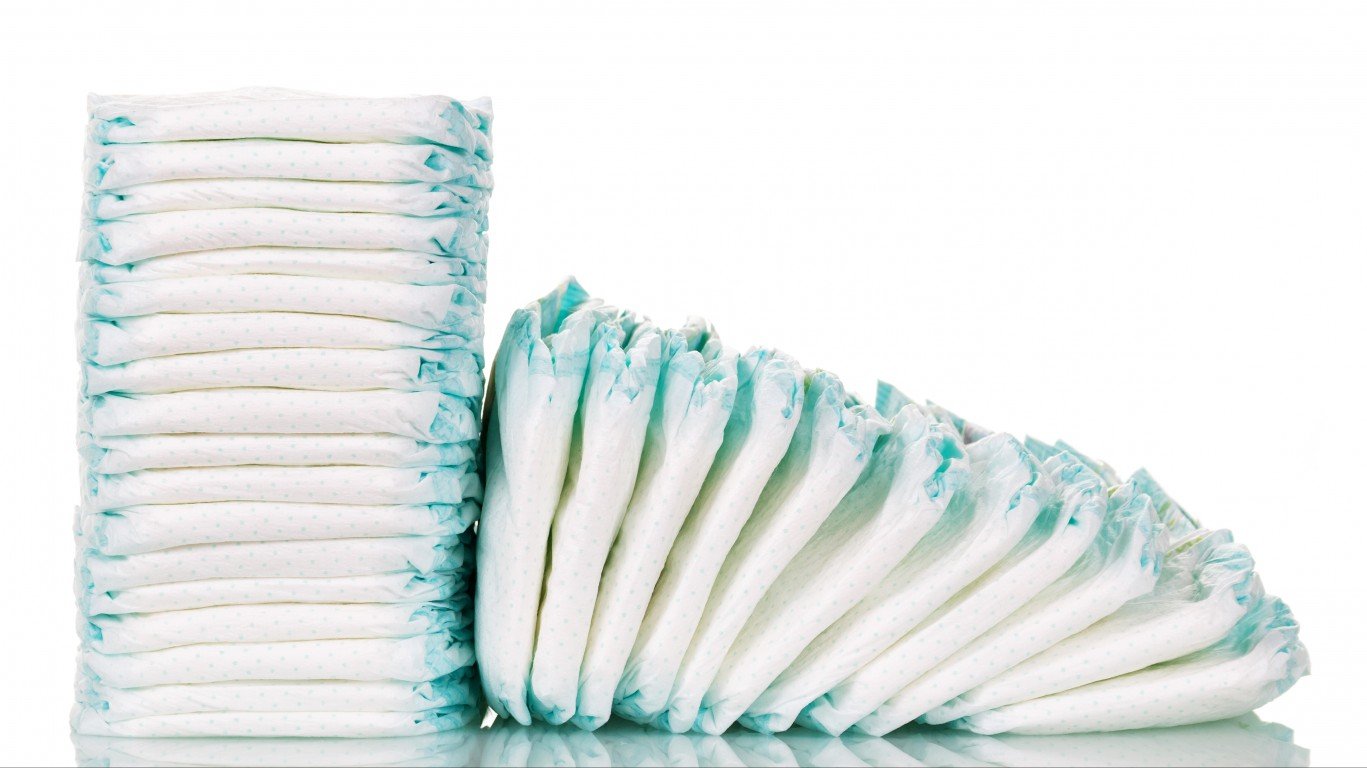
Any parent understands the frustration of waking up to find an unhappy baby lying on soiled crib sheets. Donovan’s invention became one of the most helpful of any female inventor’s creations. It helped keep a baby’s skin dry while also preventing leaks, a product she would patent and sell for $1 million.
- Invention: A breathable diaper cover
- Year: 1951
Siawa Duldig
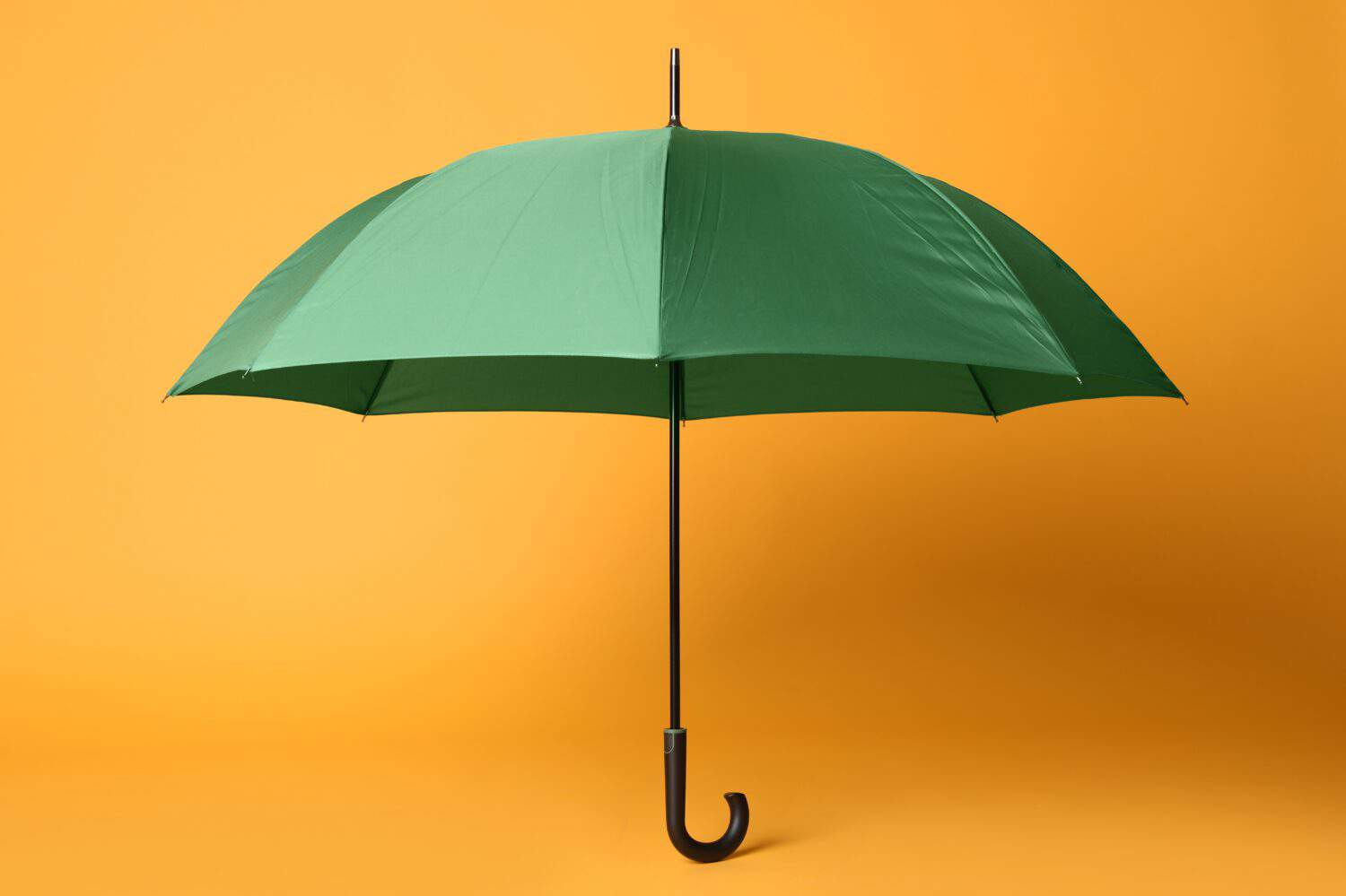
A bumbershoot.
When it comes to women innovators and inventors, Duldig’s invention is something almost every person has in their home or office. One rainy day, she struggled to get her bulky umbrella open while also holding onto her other items. She got to work on a prototype and received a patent a year later.
- Invention: A compact folding umbrella
- Year: 1929
Eunice Newton Foote

Foote’s name is one few have heard, yet she’s the first to study the atmosphere’s carbon dioxide and water vapor levels and how they influence the Earth’s temperatures. She fought for women’s rights, and her scientific research, while spot on, would largely be ignored and credited to John Tyndall several years later.
- Discovery: Greenhouse effect
- Year: 1856
Rosalind Franklin

Franklin studied chemistry at the University of Cambridge. She became a King’s College research fellow where she used her skill in X-ray diffraction to discover the density and structure of DNA.
- Discovery: DNA
- Year: 1951
Helen Murray Free
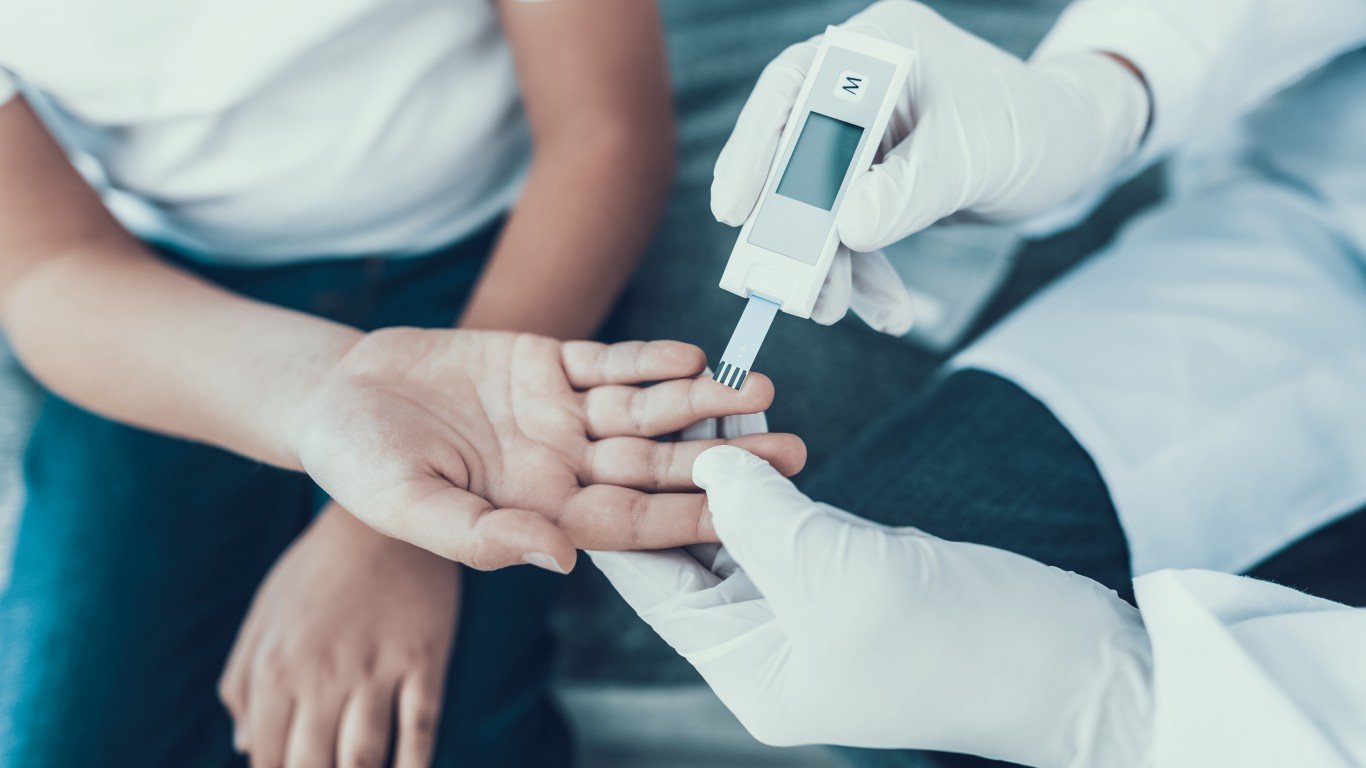
Free’s intended major switched from English and Latin to chemistry following Pearl Harbor. She took a job as a quality control chemist at Miles Laboratories where she met her husband. Together, they worked on better ways to test for diabetes. This work led to her 2011 induction into the Women’s Hall of Fame.
- Invention: Dip-and-read diabetes tests
- Year: 1956
Mabel White Holmes

White Holmes’ father owned a flour mill, so the teacher had plenty of experience baking. She developed the Jiffy Biscuit Mix after seeing the biscuits a widowed father was making for his children. Her invention was a time-saver and also simple enough for someone without baking experience. Her invention led to a Michigan Women’s Hall of Fame induction in 2015.
- Invention: Jiffy baking mixes
- Year: 1930
Grace Hopper
With a Ph.D. in math and physics, Hopper joined the Navy Reserves and started her computing career in 1944. She believed computer programming could be simple and rely on the English language. This led to the creation of a compiler that converted English terms into code. Her insights led to early programming languages like COBOL.
- Invention: Computer programming languages and a compiler
- Year: 1950s
Ursula Keller

Without Keller’s invention using laser light, Lasik eye surgery wouldn’t be possible. The benefit is this type of surgery makes precision cuts without damaging surrounding tissue. The same technology can cut smartphone touchscreens or etch glass without cracking it.
- Invention: Ultra-fast lasers
- Year: 1992
Stephanie Kwolek
Kwolek majored in chemistry with plans to earn enough to go to med school. The female innovator took a temporary job at DuPont but stayed on as she was fascinated by polymers. This led to her many patents and inventions that included the material used in lightweight military and police body armor.
- Invention: Kevlar
- Year: 1964
Ada Lovelace
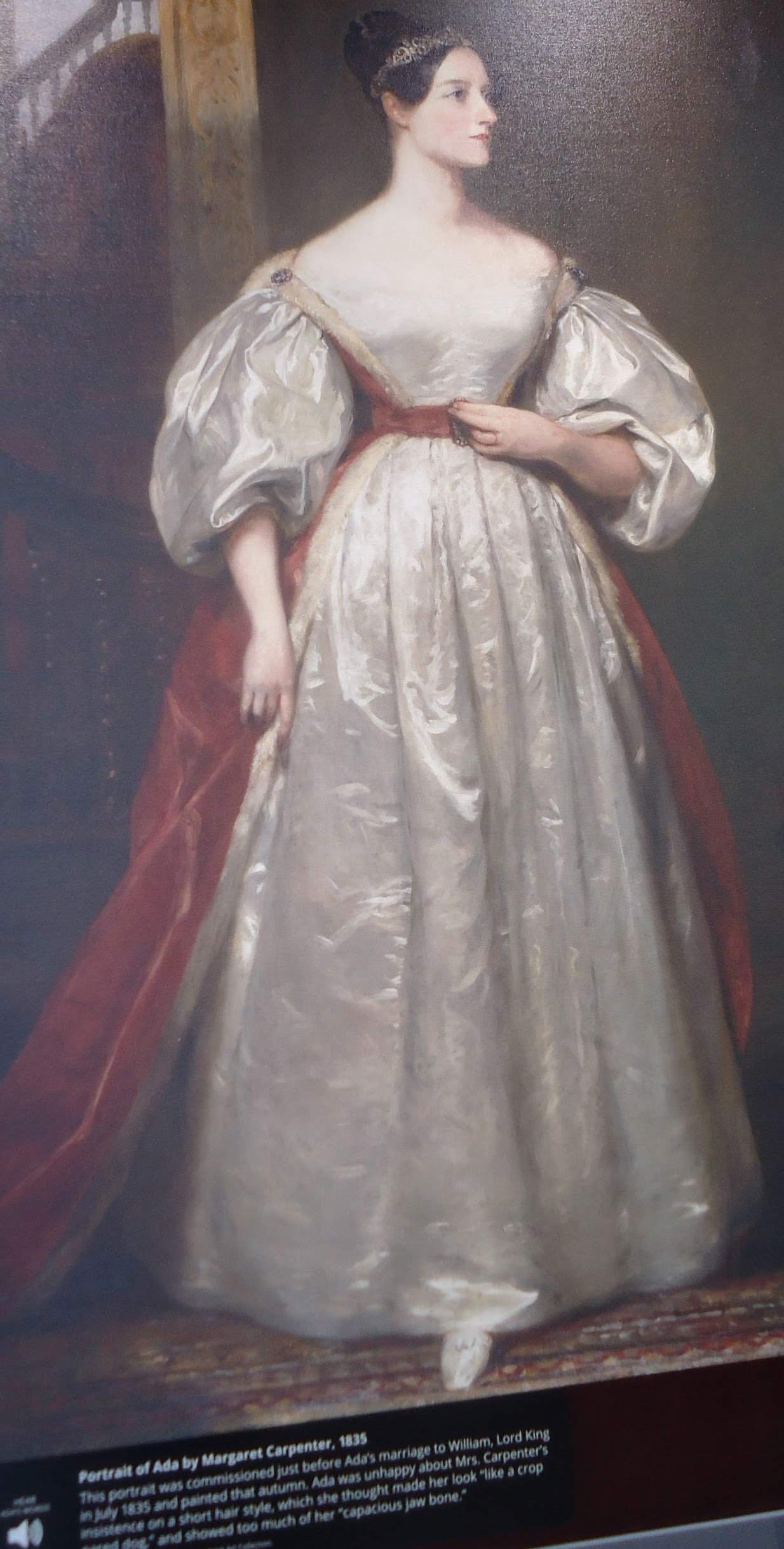
Here’s another of the women innovators and inventors who were overshadowed by the men they worked with. The Countess of Lovelace worked with Charles Baggage on the Analytical Engine, the early origins of computers. In her notes, she established algorithms and deeper explanations of how Babbage’s ideal could be used to process more than numbers. It would be long after her death before her involvement in computing would be recognized.
- Invention: Computing
- Year: 1842 to 1843
Vesta Stoudt
During WWI, Stoudt worked in a packaging plant packing ammunition into boxes. The female innovator realized the way they packaged boxes made it hard for soldiers to quickly open, so she sent a letter to President Roosevelt with a solution. He approved her idea. This led to the development of a durable cloth tape with a tab to make it easy to pull the tape off.
- Invention: Duct tape
- Year: 1943
Maria Telkes and Eleanor Raymond

Telkes, an architect, and Raymond, an MIT engineer, partnered on the invention of the Dover Sun House. The second floor’s windows weren’t windows at all and were, instead, solar panels that collected heat from the sun. Within the home were three bins filled with chemical salts that absorbed and stored the heat for future use.
- Invention: A solar-powered home
- Year: 1948
Sometimes inventions and innovations go horribly wrong. Read “Inventors Killed by Their Own Inventions” to learn more.

